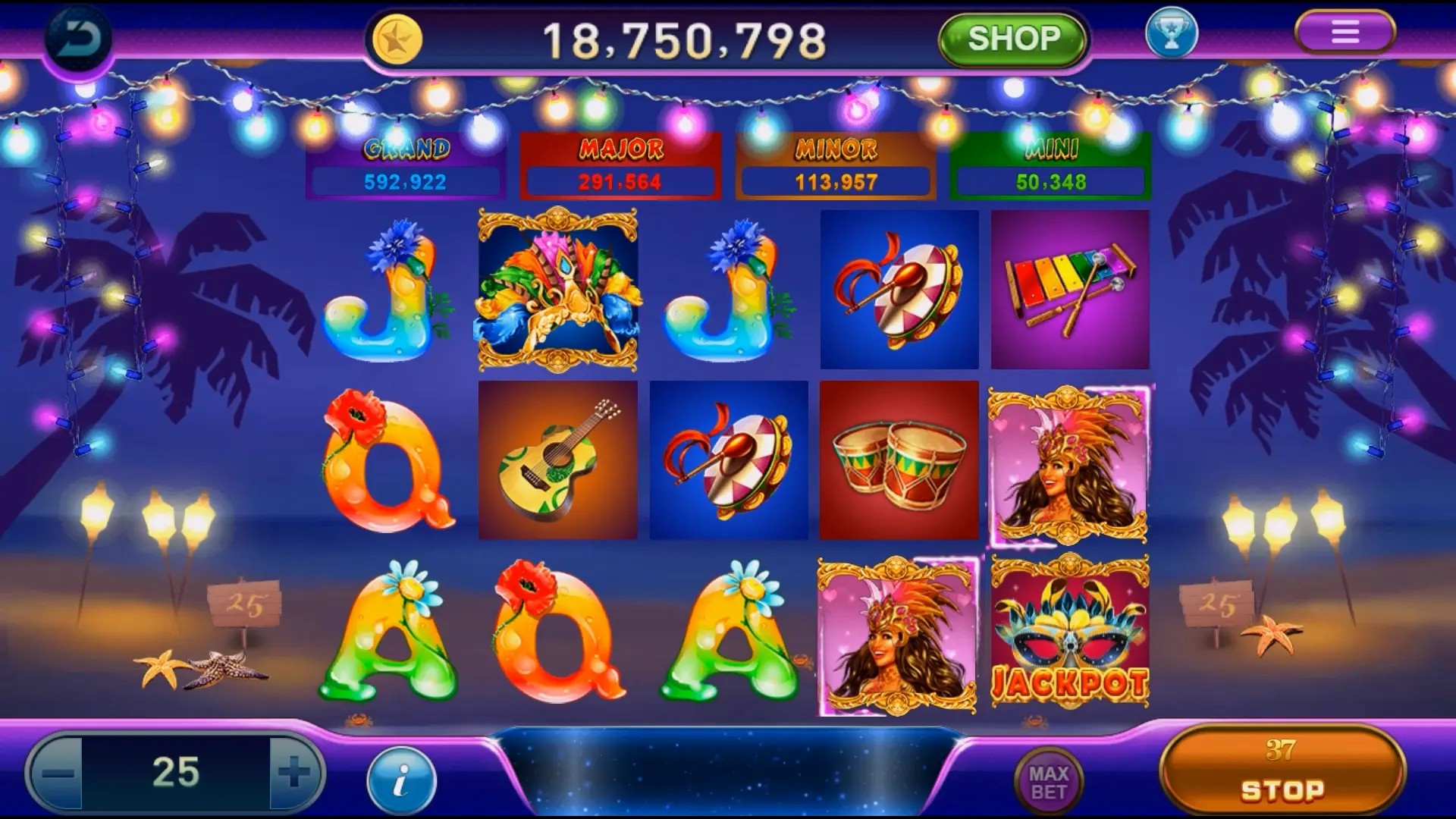Why Indie Games Are Revolutionizing the Gaming Industry: A Deep Dive into the Game-Changing Trends
In recent years, the world of gaming has seen a remarkable shift, thanks in large part to indie games. These independent games are not just simple side projects; they are potent creators of trends, pushing boundaries and redefining what players expect from the gaming experience. So, why are they making such a splash? Let’s dive into this phenomenon and explore the waves indie games are making in the industry.
The Rise of Indie Games
Once upon a time, the gaming market was dominated by big studios, with hefty budgets and elaborate marketing campaigns. Enter indie games — often developed by small teams or even solo developers with a passion for creating unique experiences. The rise of digital distribution platforms like Steam and itch.io has significantly changed the landscape, allowing these games to reach audiences without traditional publishing barriers.
Game-Changing Trends Spurred by Indie Games
- Innovative Gameplay Mechanics: Indie developers often explore ideas that major studios might hesitate to take risks on. From narrative-driven adventures to experimental gameplay, the creativity is limitless.
- Artistic Expression: The aesthetics of indie games can be stunningly diverse. Developers can create visually compelling worlds that reflect their unique styles, rather than adhering to industry norms.
- Community Engagement: Many indie games foster a tight-knit community, where players feel more connected to the developers and their vision. This fosters loyalty and promotes further engagement.
What Sets Indie Games Apart?
Indie games often prioritize story over graphics, an aspect that resonates with many players. They offer profound narratives and emotional experiences that can sometimes be absent from mainstream releases. Take, for example, titles such as The Last of Us or Life is Strange, which showcase intense storytelling reminiscent of indie projects.
Comparing Production Scales
| Criteria | Indie Games | AAA Games |
|---|---|---|
| Budget | Low (thousands to millions) | High (tens of millions to hundreds of millions) |
| Size of Development Team | Small (1-10 people) | Large (hundreds to thousands) |
| Creative Freedom | High | Often restricted by business interests |
| Target Audience | Niche communities | Mass market |
Popular Indie Games Making Waves
Numerous indie titles have propelled themselves into the limelight, becoming beloved by players. Here are some standout examples:
- Stardew Valley: A farming life simulator that captures the essence of a simple, joyful life.
- Hollow Knight: A visually stunning adventure packed with exploration and combat.
- Celeste: A platformer that intertwines gameplay with a touching narrative about overcoming personal struggles.
Challenges Facing Indie Developers
While indie development is an exciting realm, it comes with its own set of challenges. Let's be real: navigating funding, distribution, and marketing can be daunting. Many indie developers wear multiple hats, juggling numerous roles from coder to artist to marketer.
The Future of Indie Games
As we stare into the crystal ball of the gaming industry, it’s clear that the future looks bright for indie developers. With more players recognizing the unique value these games offer, we can expect the barriers that once held indie games back from mainstream recognition to continue to crumble. The possibilities are endless!
Conclusion
Indie games are not just changing the way we play; they are redefining the very fabric of the gaming industry. They bring creativity, innovation, and community engagement to the forefront. Whether you’re a seasoned gamer or just dipping your toes into the world of interactive entertainment, there’s an indie title waiting for you to discover it. Dive in, explore and appreciate the fantastic contributions these small studios make to our beloved gaming world!



